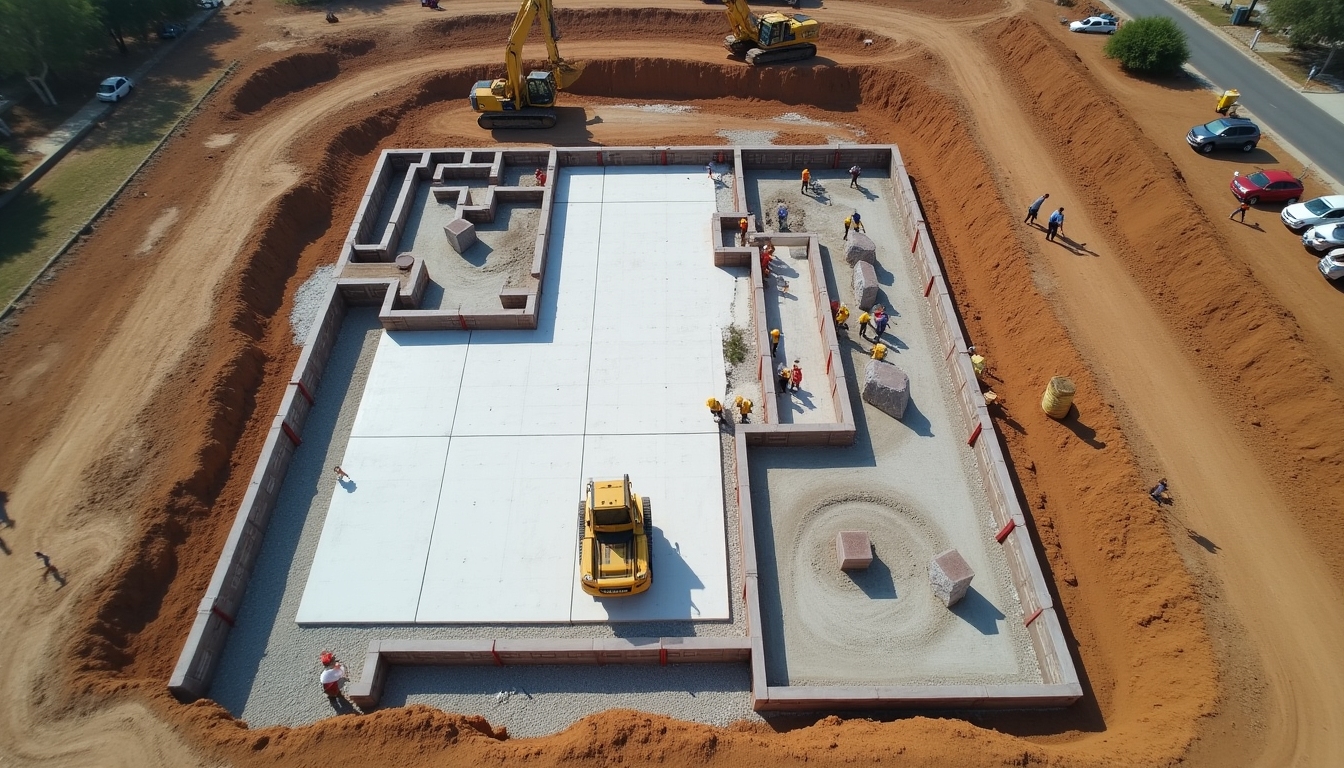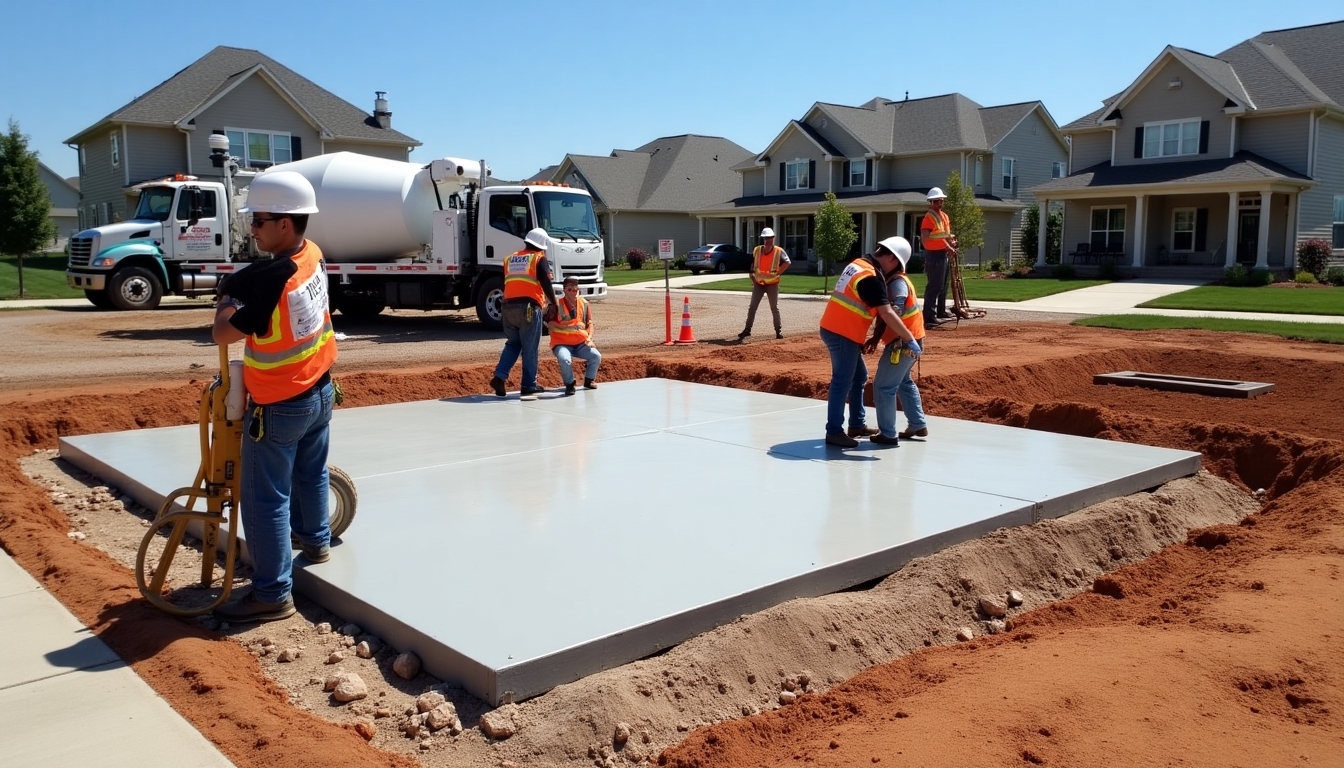Foundation Engineering Principles: Building Strong Foundations
Understanding Foundation Engineering Principles
Foundation engineering principles are the bedrock of durable and safe building design. This article explores key concepts like slab foundations and effective foundation design, offering insights into creating reliable structures.

What is Foundation Engineering?
Foundation engineering focuses on the design and construction of foundations that safely transfer a structure’s load to the ground. Effective foundation design is crucial for the stability of any building, ensuring it can withstand environmental factors such as soil conditions and climate changes.
Here are some essential considerations:
- Soil Testing: Understanding soil properties is critical for selecting the right foundation type.
- Load Distribution: Ensuring the load is evenly distributed reduces stress on the foundation.
- Environmental Factors: Weather and natural disasters are significant considerations in foundation engineering.

Slab Foundations: A Popular Choice
One of the most common foundation types is the slab foundation, known for its cost-effectiveness and quick installation. These are often used in residential constructions, especially in areas where the ground doesn't freeze.
Why choose slab foundations?
- Cost-Effective: Less labor and fewer materials make it a budget-friendly choice.
- Time-Saving: Quick to install compared to basements or crawl spaces.
- Energy Efficient: Provides good thermal mass that can reduce heating costs.
However, slab foundations are not without drawbacks. They can be prone to cracking in improper soil conditions and offer limited protection against wet climates.

Principles of Foundation Design
Designing a strong foundation is about more than just selecting the right type—it involves careful planning and understanding the site conditions.
- Site Analysis: Before any design begins, the site needs a thorough analysis, assessing factors like soil stability and nearby water sources.
- Customized Design: Tailoring the foundation design to the specific needs of each building ensures better performance.
- Use of Technology: Modern engineering often uses software to model and simulate different scenarios, providing a more reliable design.
Personal Insight: As an engineer, I've found that involving a geotechnical expert early can significantly improve the design process, reducing risks associated with unforeseen soil issues.

Challenges and Solutions in Foundation Engineering
Every construction site presents unique challenges, from unexpected soil conditions to regulatory issues. Here’s how professionals tackle these problems:
- Unexpected Soil Conditions: Advanced testing and adaptable designs can mitigate this issue.
- Regulatory Compliance: Staying informed about local building codes can prevent costly delays.
- Environmental Concerns: Designing with sustainable practices in mind helps protect the environment.
By anticipating these challenges and incorporating flexibility into the design, engineers can create robust and resilient foundations.

Final Thoughts
Understanding and applying foundation engineering principles is vital for building safe, enduring structures. From the initial site analysis to the final design, each step is critical to the integrity of the foundation.
Recommended Readings
- "Mastering Slab Foundations: A Beginner's Guide" - Dive deeper into the benefits and drawbacks of slab foundations.
- "Foundation Design Essentials: Strategies for Success" - Learn more about designing effective foundations.
- "Engineering Resilience: Overcoming Challenges in Foundation Design" - Explore how to handle unexpected issues in foundation engineering.
By focusing on these fundamental principles, aspiring engineers can elevate their understanding and implementation of foundation projects. Always remember, a building is only as strong as its foundation.





